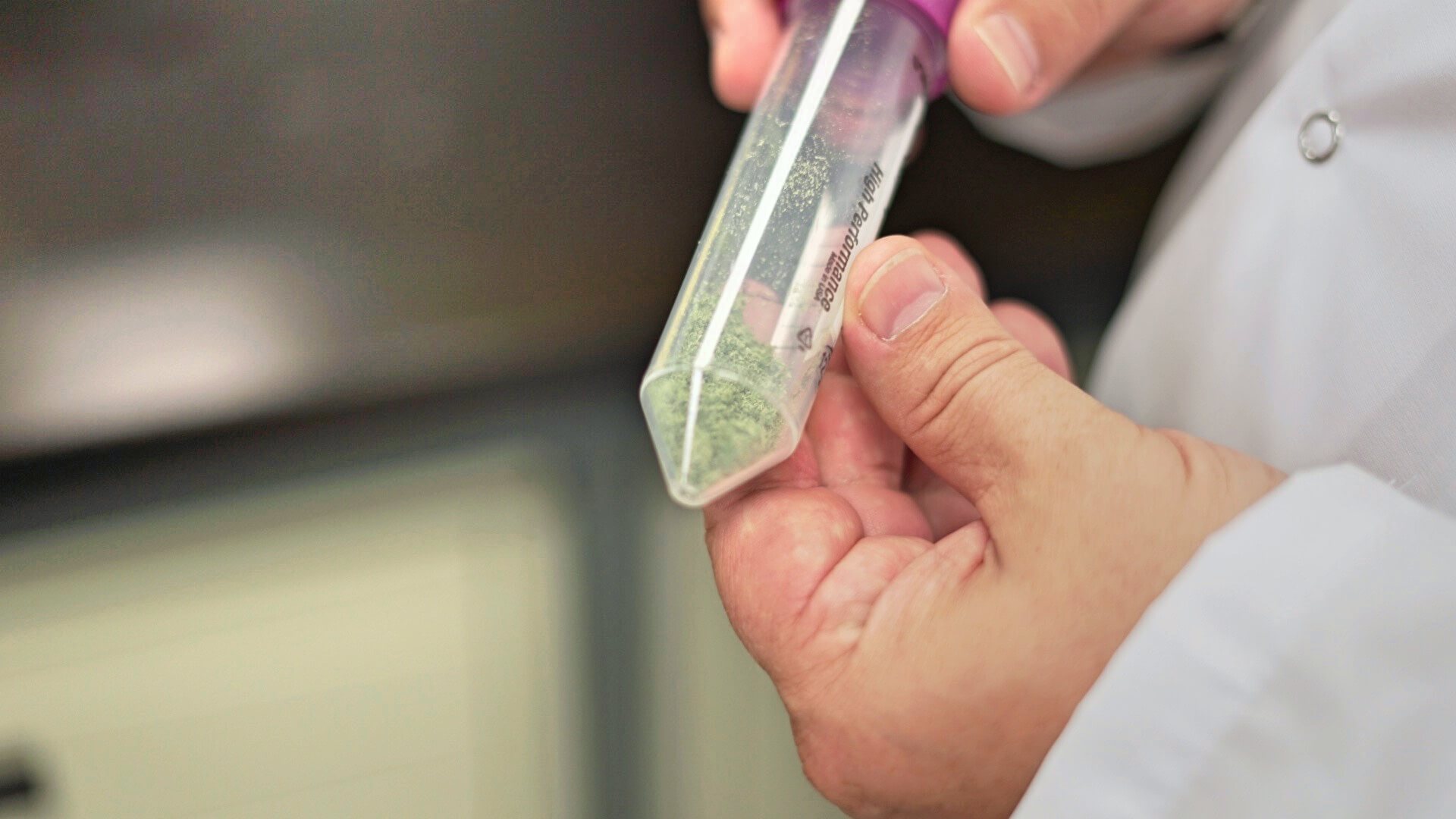The Charter of the French language and its regulations govern the consultation of English-language content.
The Charter of the French language and its regulations govern the consultation of English-language content.
Recreational cannabis is strictly regulated in Canada. Before showing up on the SQDC’s shelves, cannabis products undergo several laboratory analyses required by Health Canada. Whether it is at the SQDC in Québec or anywhere else in Canada, cannabis cannot be sold without having passed these tests. But what do the tests do?

The SQDC team recently visited the laboratories of MS Pharma, a company that performs analyses for the Québec and Canadian cannabis industry. As you will see, the highly controlled legal cannabis market is safer for customers than the unregulated black market.
During our visit, we interviewed Stéphan St-Pierre, president of MS Pharma, who provided us with detailed explanations about the quality controls applied to the products you buy.
SSP: Before shipping their products to the authorized retailers, producers have to submit for analysis samples from all batches of cannabis ready for distribution. The analyses are performed by professional chemists in certified laboratories, who ensure the products meet Health Canada’s high standards, thereby reducing the potential health risk for consumers. When a product passes the tests, the producer receives a certificate of compliance. Only then are the batches of the product released for sale.
SSP: Black market cannabis undergoes no quality or safety controls and so can contain bacteria, fungus, traces of unapproved pesticides or heavy metals that may be risky and even harmful to the health. For example, you might fight myclobutanil, a fungicide banned by Health Canada. Myclobutanil can be dangerous because, when it is heated, it releases hydrocyanic acid (hydrogen cyanide), which is extremely toxic.
Legal cannabis, on the other hand, is subject to Heath Canada’s strict controls. By choosing legal market products, consumers can be sure they’re getting products less harmful for their health and with an accurate indication of the THC and CBD content.
SSP: We have to do all the tests required by Health Canada. These analyses accurately detect any traces of pesticides, bacteria, fungi (mould), residual solvents, mycotoxins and heavy metals, including lead, arsenic, mercury and cadmium. The level of these substances allowed by Health Canada is so low as to be almost zero.
We must also determine their moisture content and their terpene profile, as well as the products’ potency (concentration of cannabinoids, including THC and CBD) – that last information must be shown on product packaging so consumers can make an informed choice.
To test for pesticides, we use liquid chromatography. The cannabis is dissolved in a solvent and injected into device outfitted with a mass spectrometry detector very sensitive to the controlled pesticides. When a suspicious molecule is detected, a signal is sent to a computer. The signal is then compared to that for a set of known concentrations of the same component to determine the concentration and whether the product is within the allowed limits.
To analyze a product’s terpene profile, the terpenes are evaporated in a flask. The resulting vapours are injected into a gas chromatograph, then sent to a coupled mass spectrometry detector, which produces the terpene profile (type, quantities).
To determine the exact level of THC and CBD, we use an ultraviolet detection procedure. We produce an extract of all the THC and CBD in the cannabis matrix, which we dilute in a solvent. We then analyze the solution in a liquid chromatograph. Cannabinoids are extremely detectable using ultraviolet radiation, which is why we favour this procedure.
To analyze for heavy metals, we use a flame spectrometer outfitted with a graphite furnace or an inductively coupled plasma mass spectrometer (ICPMS).
SSP: The cannabis matrix is very complex and analyzing it properly requires cutting-edge technology. Health Canada-certified labs, like MS Pharma, are miles away from using a kitchen scale and rubbing a bud between your thumb and forefinger to determine the weight and moisture content. For example, we use scales with a precision of six figures after the decimal point (one millionth of a gram). We even control the surrounding air flow because the slightest air movement can affect the scale’s reading.
The level of foreign substances tolerated by Health Canada is extremely low, close to zero in fact. It takes very sophisticated, high-performance equipment to produce proper analyses. Our systems can detect more than 500 pesticides in concentrations as low as 1 part per billion. That’s the equivalent of 5 ml in an Olympic pool!